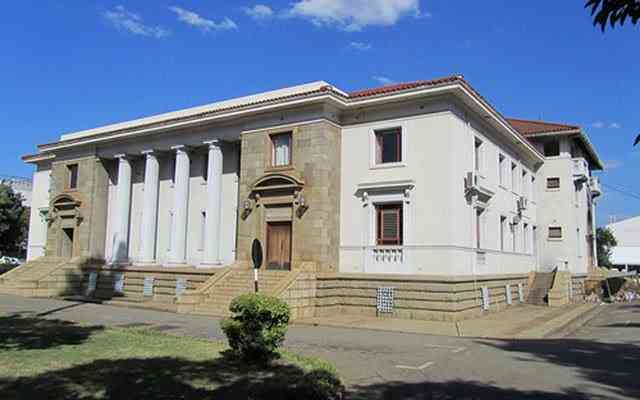SOLAR energy is gaining traction in Zimbabwe's mining sector, with an increasing number of mines opting for the clean and renewable source of power, according to Chamber of Mines Zimbabwe (CoMZ) chief executive officer Isaac Kwesu.
“Solar energy uptake has been relatively low but of late, we have seen most mines coming on board to take on this clean solar energy,” Kwesu told businessdigest in an interview.
“We have seen Zimplats already (coming up with) 35 megawatts (MW), and Blanket Mine about 30MW. We have seen Dallaglio Investments also having significant investments in solar energy; even small mining entities are trying to come on board either pooling or engaging providers to provide those solar solutions.
"So, the uptake has started to gather momentum, relatively slow, but it has gathered momentum. The only issue is during the night; there is a need for Zesa Holdings to provide electricity. I think it (the uptake) is to do with adopting clean energy as well as trying to be self-reliant.”
Zimbabwe’s largest platinum producer, Zimplats is working on deploying two solar power plants with a generation capacity of 185 MWp for its mining operations.
Zimplats plans to invest up to US$201 million to build its solar power facilities, under an investment strategy set to finance about US$1,8 billion in capital projects over a 10-year period.
Keep Reading
- Record breaker Mpofu revisits difficult upbringing
- Mines propose fresh power import deal
- Motorist robbed while relieving self
- Record breaker Mpofu revisits difficult upbringing
Blanket Mine spent US$14 million on its solar power project, while Solarcentury Africa and Dallaglio signed an agreement to build a 7 MWp solar plant for Eureka Gold Mine.
Kwesu said the mining industry, just like any other sector in the economy, got a knock in 2024 due to power outages. Zimbabwean miners are desperate for alternative energy to power up the operations and expand, at a time when power utility Zesa Holdings has struggled to meet demand.
The chamber disclosed that power blackouts have led to a US$500 million revenue loss for mining companies in the country.
Energy company Grid Africa last year agreed to a deal with a group of miners in Zimbabwe to build 200MW of solar power for their operations at a cost of approximately US$180 million.
"It (the Grid Africa deal) will assist and make sure that the existing and potential new projects can have minimum power supply risk,” Kwesu said.
“Mining is power intensive and they (miners) don't need any disruption in terms of availability of power.”
According to him, most mines are expected to increase output across all mineral sub-sectors.
“We are not anticipating any decline, and otherwise they can remain constant and average growth across the whole sector around 8 to 10%, which will be spread by a lot of lithium, PGMs and coal,” he said.
Arthur Gwarimbo, acting deputy general manager of finance and administration at the Minerals Marketing Corporation of Zimbabwe, said the 2024 mineral sales performance was significantly impacted by depressed international mineral commodity prices.
"The same challenges are likely to persist into 2025. We do expect them to ease but maybe that will be towards the second half of the year, but it is going to affect 2025," he told businessdigest.
Gwarimbo emphasised the necessity of enhancing their capacity to transport substantial volumes of minerals to the ports of exit.





